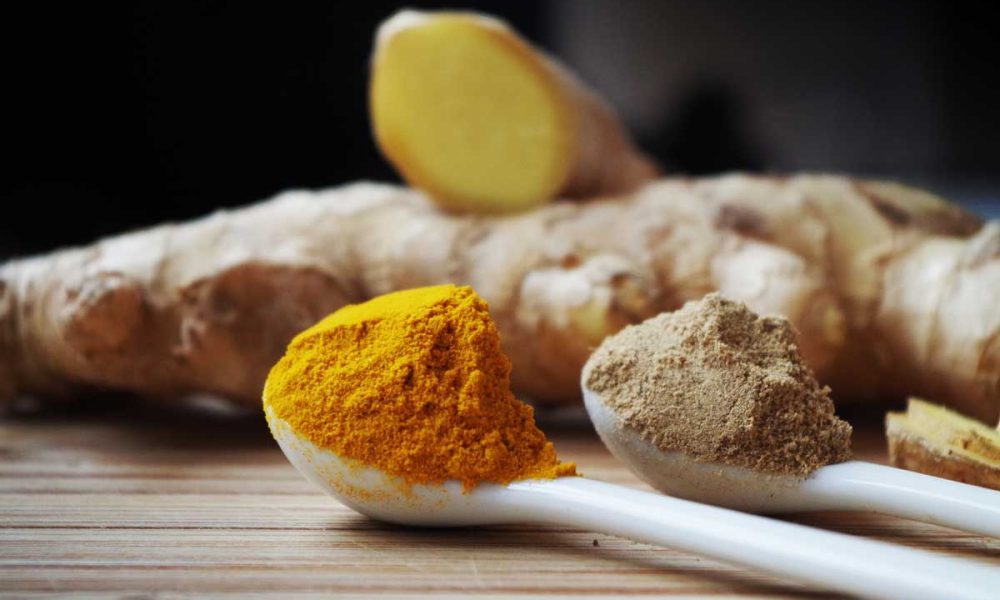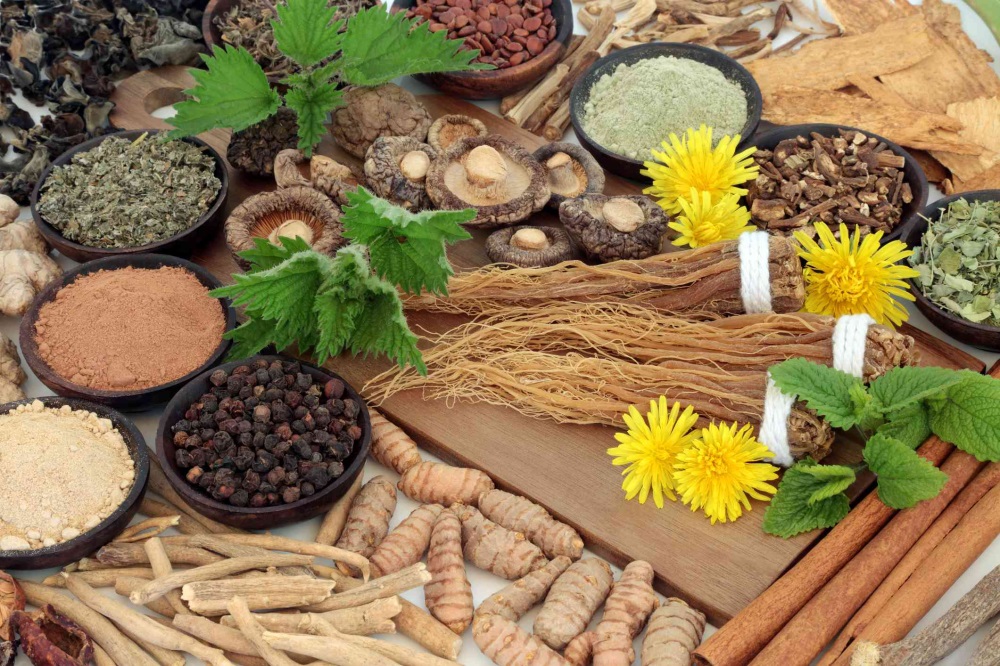Herbs have been used for centuries in traditional medicine for their therapeutic properties. Among the most popular herbs known for their health benefits are turmeric and ginger. These two herbs have gained significant attention in recent years due to their potential to promote overall well-being. Let’s explore the science behind the efficacy of these popular herbs.
Turmeric

Turmeric is a bright yellow spice commonly used in Indian and Southeast Asian cuisine. It contains a compound called curcumin, which is responsible for its vibrant color and many health benefits. Curcumin is a potent antioxidant and anti-inflammatory agent, making turmeric a powerful herb for combating various health conditions.
Research has shown that curcumin has the potential to reduce chronic inflammation in the body, which is a leading cause of many diseases, including heart disease, cancer, and neurodegenerative disorders. It achieves this by inhibiting the activity of certain enzymes and molecules involved in the inflammatory response.
Furthermore, studies have demonstrated that curcumin possesses anti-cancer properties. It has been found to inhibit the growth of cancer cells and even induce apoptosis, programmed cell death, in some cases. Additionally, curcumin may help prevent the formation of cancerous tumors by blocking the development of new blood vessels that supply nutrients to cancer cells.
Ginger
Ginger is a versatile herb widely used for its culinary and medicinal purposes. It contains several bioactive compounds, including gingerol, which is responsible for its characteristic flavor and medicinal properties. Gingerol has powerful anti-inflammatory and antioxidant effects, making ginger an excellent natural remedy for various ailments.
One of the most well-known benefits of ginger is its ability to alleviate nausea and vomiting. Research has shown that ginger can be effective in reducing symptoms of motion sickness, morning sickness during pregnancy, and chemotherapy-induced nausea. Its anti-inflammatory properties may contribute to these effects by calming the gastrointestinal system.
Moreover, ginger has been studied for its potential to reduce muscle pain and soreness. Several studies have shown that ginger supplementation can alleviate exercise-induced muscle damage and improve recovery. This may be due to its anti-inflammatory properties, which help reduce inflammation and oxidative stress in the muscles.
Conclusion
The science behind the efficacy of popular herbs like turmeric and ginger is fascinating. These herbs contain bioactive compounds that possess anti-inflammatory, antioxidant, and even anti-cancer properties. While more research is needed to fully understand the mechanisms through which these herbs exert their effects, their potential health benefits cannot be ignored.
- Turmeric, with its active compound curcumin, has been shown to reduce chronic inflammation and inhibit the growth of cancer cells.
- Ginger, containing gingerol, is known for its anti-inflammatory effects and its ability to alleviate nausea and muscle pain.
Incorporating turmeric and ginger into your diet or taking them as supplements may offer a natural and effective way to support your overall health and well-being. However, it is always important to consult with a healthcare professional before making any significant changes to your diet or starting any new herbal supplements.




